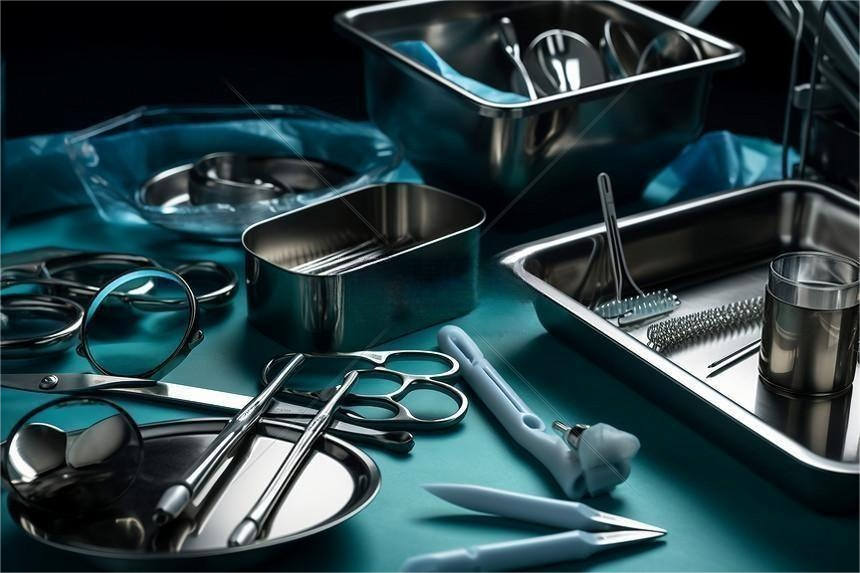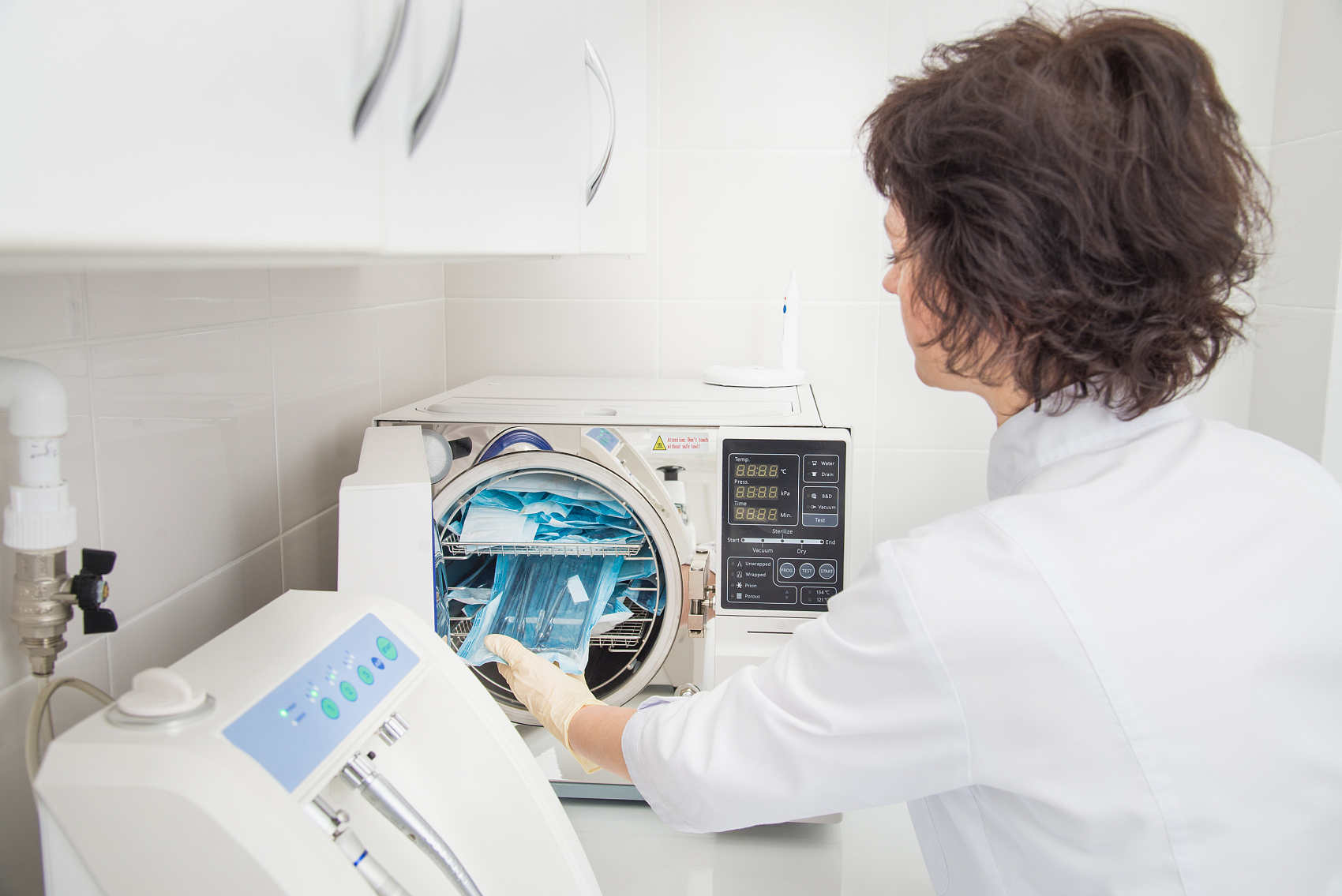Common Knowledge About Sterilization Of Surgical Instruments
2024-09-06In daily, each sterilization method has different requirements for medical device packaging. For example, sterilizing medical devices with long lumens might be challenging with ethylene oxide due to difficulty reaching the inner areas, potentially affecting sterilization efficacy. Some devices with sensitive electronic components may be impacted by gamma radiation or electron beam sterilization. Therefore, using the wrong sterilization method could damage your medical instruments.

Definition of Sterilization:
Sterilization is the process of making a product free from all kinds of viable microorganisms. Sterilization methods refer to techniques that kill or remove all microbial vegetative forms and spores. Products such as stents, endovascular catheters, surgical sutures, contact lens, or single-use infusion devices that come into direct or indirect contact with human blood or body fluids have strict requirements for sterility checks. The aim is to eliminate microbial contamination and kill product microorganisms during production.
Microorganisms include bacteria, fungi, and viruses. Different types of microorganisms require different sterilization methods and have varying sterilization effects.
Common Sterilization Methods:
1.Dry Heat Sterilization:
Place items in a dry heat sterilizer, using dry heat air to kill microorganisms or eliminate pyrogenic substances.
Suitable For: Glassware, metal instruments, and items resistant to high temperatures but unsuitable for moist heat sterilization.
Conditions: Generally, (160–170°C) × 120 min, (170–180°C) × 60 min, or 250°C × 45 min. Ensure appropriate loading to maintain effectiveness and uniformity.
Biological Indicator: Bacillus atrophaeus spores.

2.Moist Heat Sterilization:
Place items in a sterilizer (autoclave), using high-pressure saturated steam to denature proteins and nucleic acids, thus killing microorganisms.
Suitable For: Buffer, clean clothing, glassware, infectious waste, and other items that do not change or get damaged with high temperature and humidity.
Conditions: Typically 121°C × 15 min or 121°C × 30 min. Ensure appropriate loading to maintain effectiveness and uniformity.
Biological Indicator: Bacillus stearothermophilus spores.
3.Gas Sterilization:
Utilizes chemical disinfectant gases to kill microorganisms. This includes ozone disinfection and ethylene oxide sterilization.
Ozone Sterilization: Ozone has strong disinfectant properties. It decomposes into oxygen and single oxygen molecules, which have strong oxidative effects on bacteria.
Ethylene Oxide Sterilization: Uses ethylene oxide gas for sterilization. It's a traditional method used for heat-sensitive medical instruments and equipment. Key factors affecting effectiveness include humidity, temperature, gas concentration, and exposure time.

4.Radiation Sterilization:
Ionizing Radiation: Uses X-rays or gamma rays to sterilize. The lethal effect is due to biochemical changes in the cells.
Electromagnetic Radiation: Includes UV light (190–350 nm), infrared light (0.77–1000 μm), and microwaves (1–1000 mm).
UV Sterilization: UV light inactivates microorganisms by damaging their DNA and RNA when exposed to a dose of over 3600–65000 µW/cm².
5.Filtration Sterilization:
Physically removes microorganisms from media. Different filters are used for air or liquid.
Filter Pore Sizes: 25–100 nm for viruses; 0.22–0.45 µm for bacteria.






